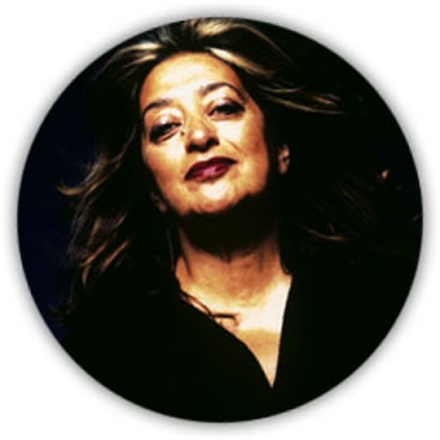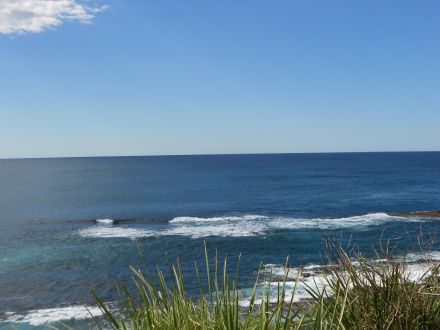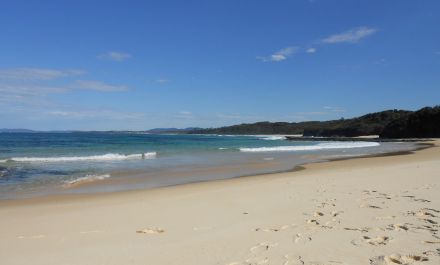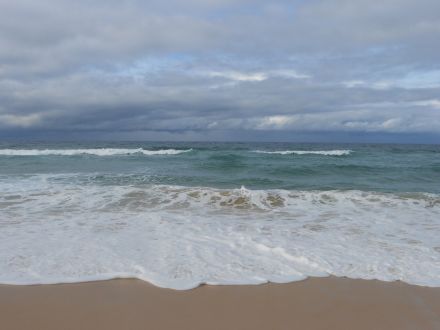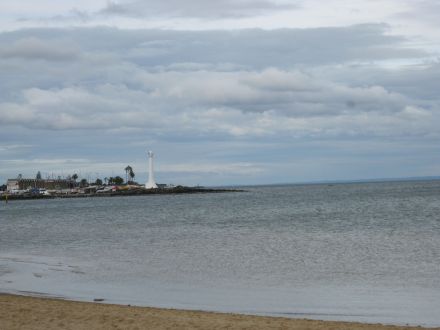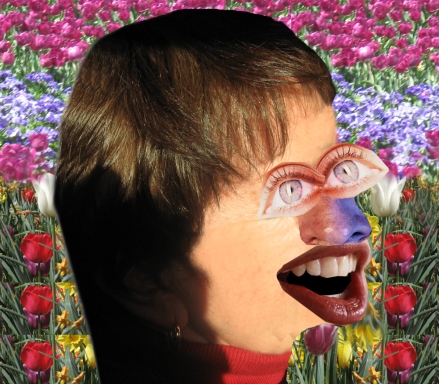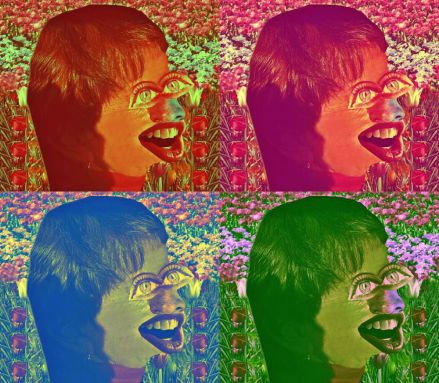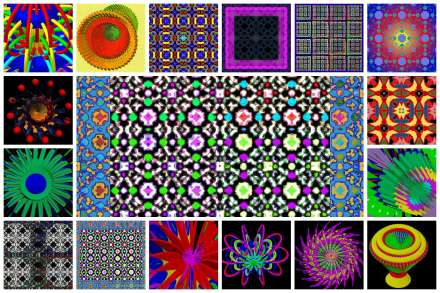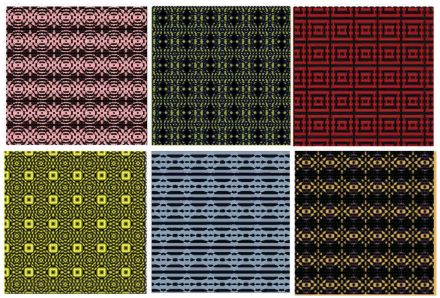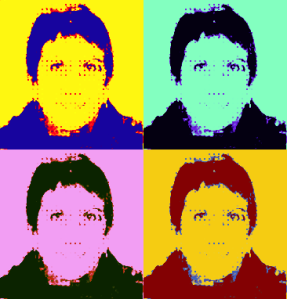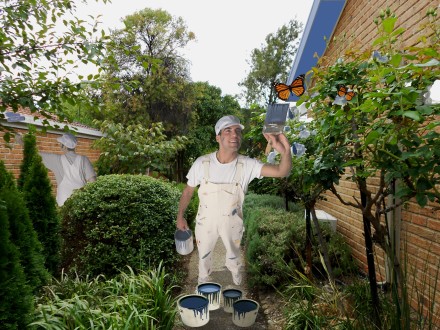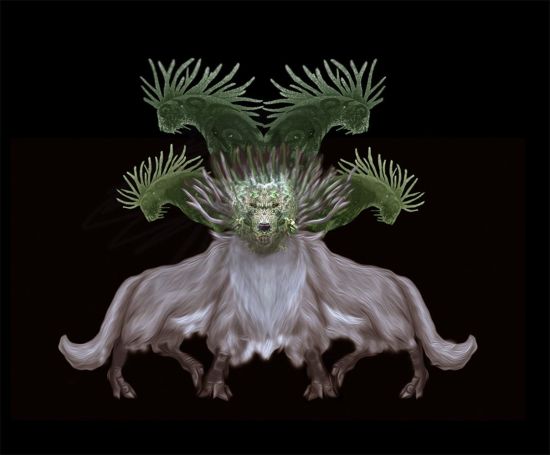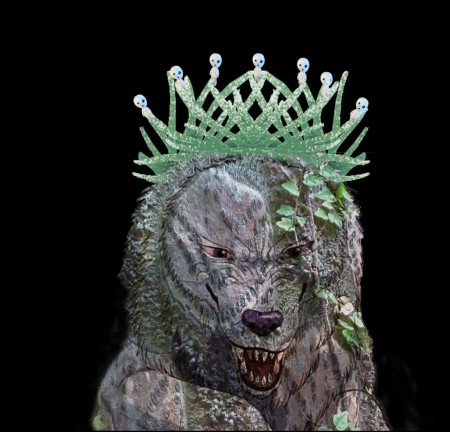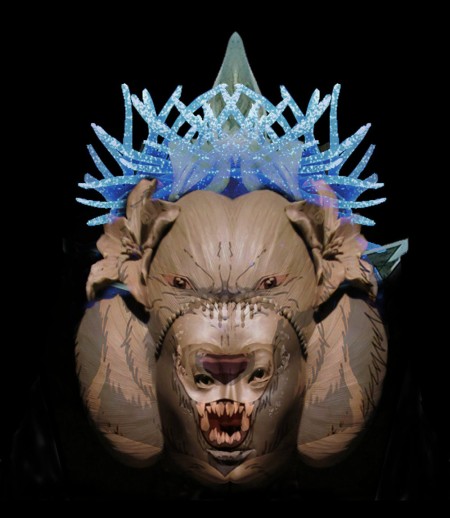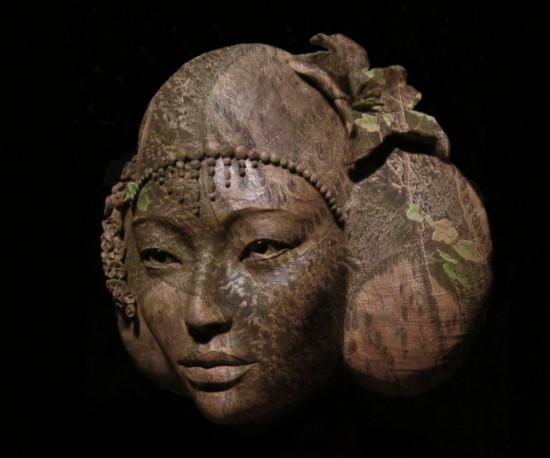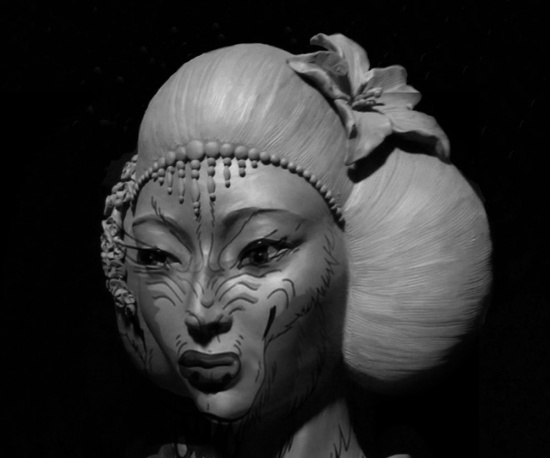The digital in front of the word digital art, and its different means of making art and how it is produced, may raise some questions and doubts from some people seeing digital art for the foremost time. In addition, in order to define myself as a digital artist, I had to find a source that explains this interesting art form in definition and import to the visitors of my blog.
A site called Digital Art for All: What is digital Art, defines digital art as an art form made with a computer. Digital artwork is further unique in that it requires computer-based software, with a skilled person to guide the artwork to its final shape.
This website did question the establishment of digital art as an art form, although it does distinguish the fact that digital art requires creativity and the cognition of artistry and design principles, the same as what traditional art practices. Digital art therefore involves the same aesthetic principles as traditional artistic production, such as creativity, design skills and knowledge of colour theory. The difference – instead of using traditional art materials, computer based software is needed. Thus, digital art can be classified as artistic creation.
The site also mentions different digital art types, and according to Digital Art for All: What is digital Art, most of these art types are suited for mass media uses. These purposes include graphic illustrations for advertising, logos, pamphlets, and posters. Illustrations are required for books and comics, but producing them using traditional art is time consuming and costly, which is why digital art is ideal for this media.
Digital art sometimes require a jump into three dimensions, since 3D models are used in animations, movies, picture games, architectural plans, and digital painting. Also, 2D and 3D graphics are present as design elements for websites.
As stated before, digital art requires knowledge of art and design principles, but the tools needed to create them are both organic (humanity and its accomplishments) and binary (the digital software). For people from an earlier generation who live before computers and the Internet came to power, the cognition and skill set required to mold with these technologies are hard to read, whereas people growing up in the knowledge economy may find it more comfortable.
Nevertheless, there are numerous free and trial software to download. Some of this software is accompanied with video instructions and textbook-based tutorials that are available on the Internet to ease the learning process.
Rebecca Blood’s Weblog Ethics, revealed that blog posts must only be printed when you trust you are scribing the truth. I trust in my digital art and I hope the visitors to my blog can notice that I love making digital artwork.
Digital artists like myself needs a platform to share their art and ideas, and by creating this blog, I found a platform where I can consolidate all my art in one place. I also treasure the work of other digital artists, and social media allows digital artists to share their work and passion for one another.
To conclude, digital art is cost-effective and can be made in a shorter timeframe with the benefit of being flexible when changes are required. It is suitable for different media types and needs knowledge of digital software to produce.

